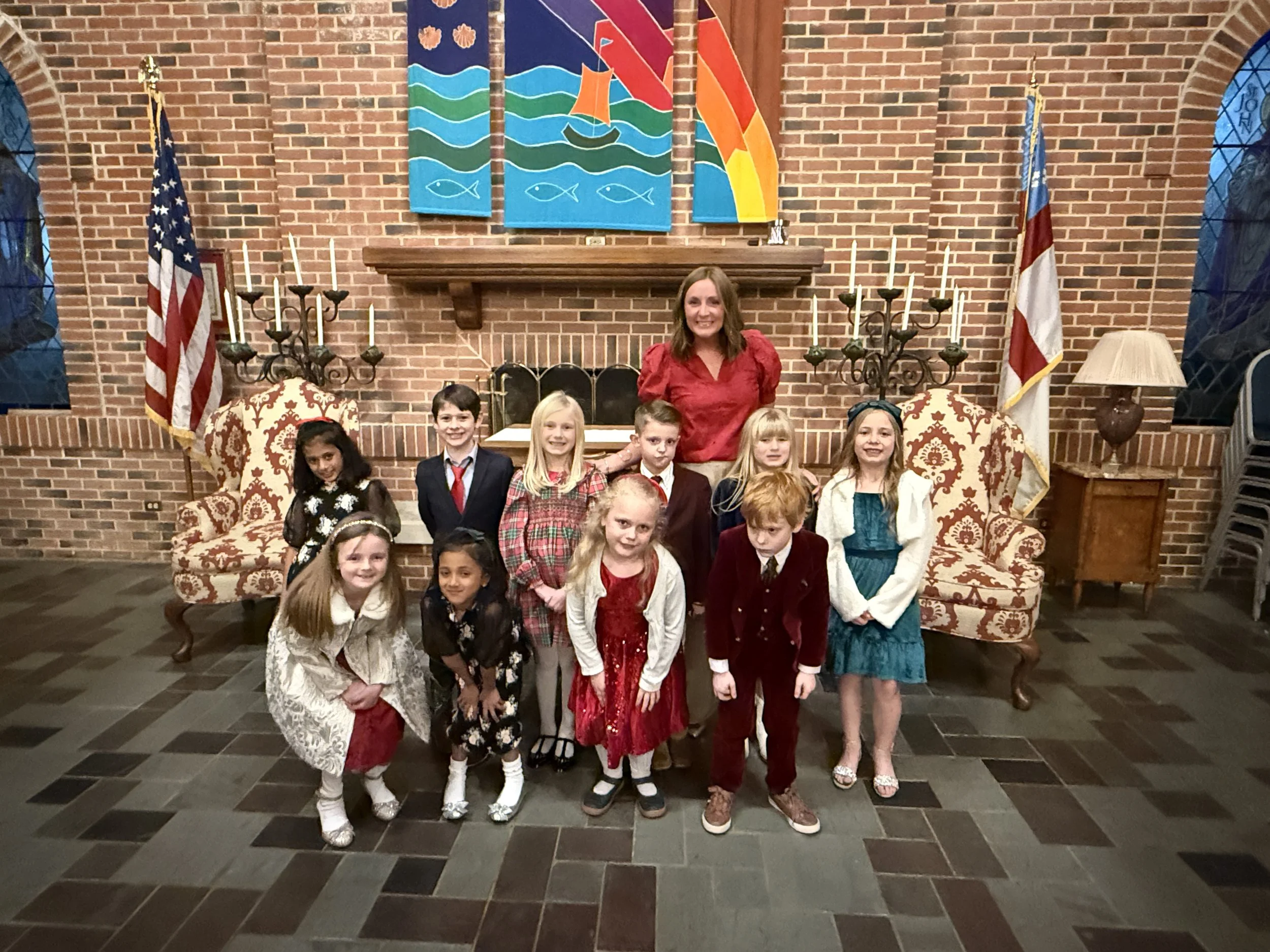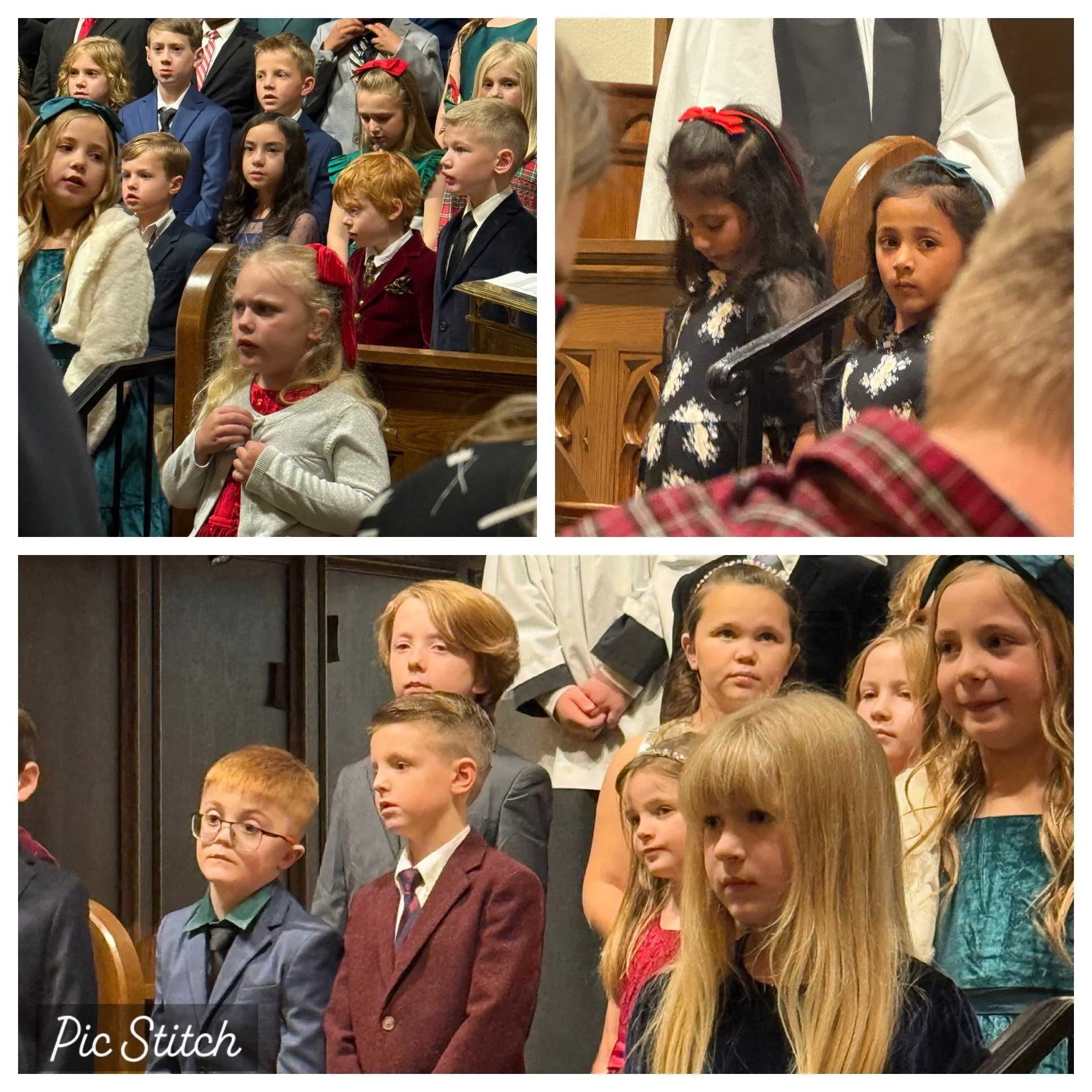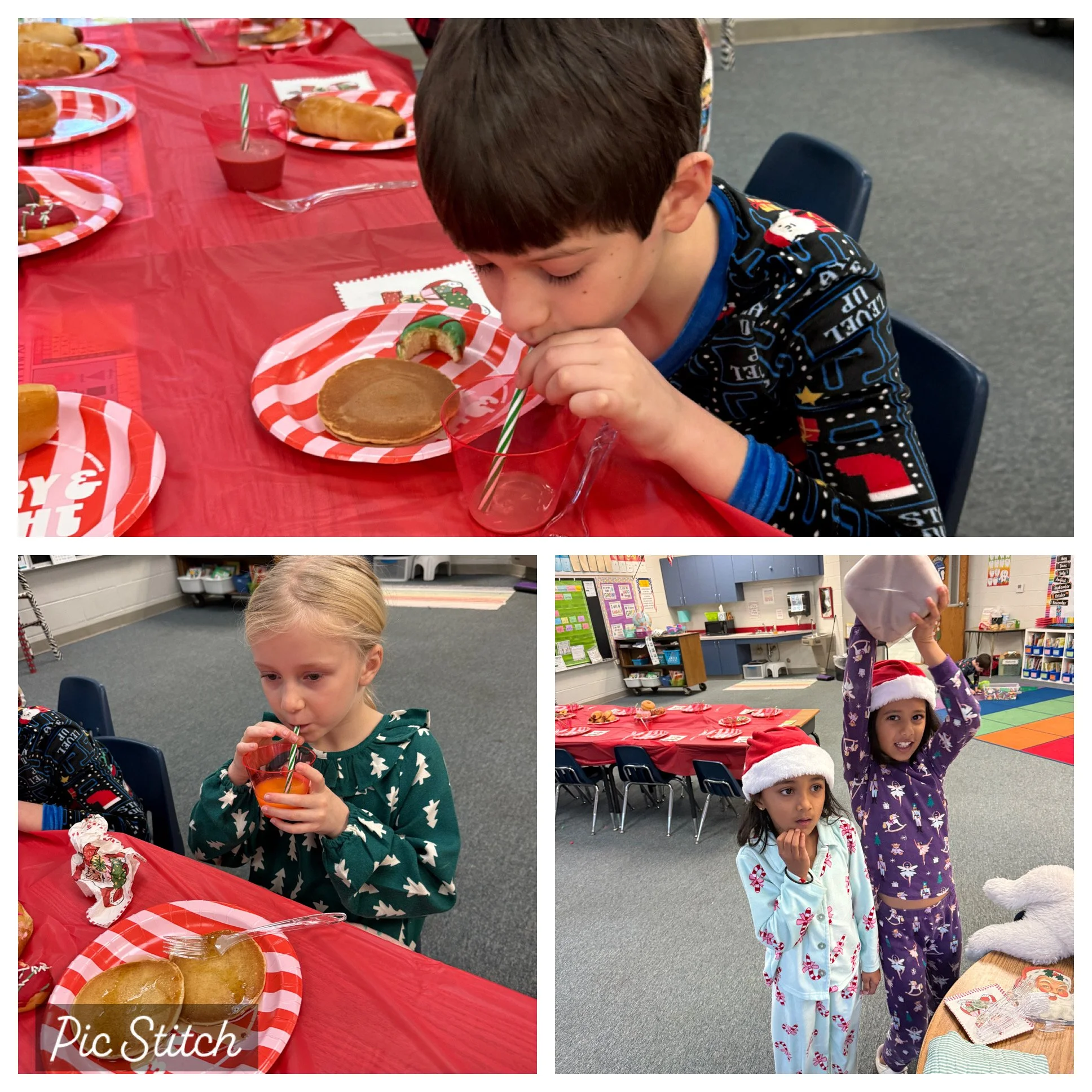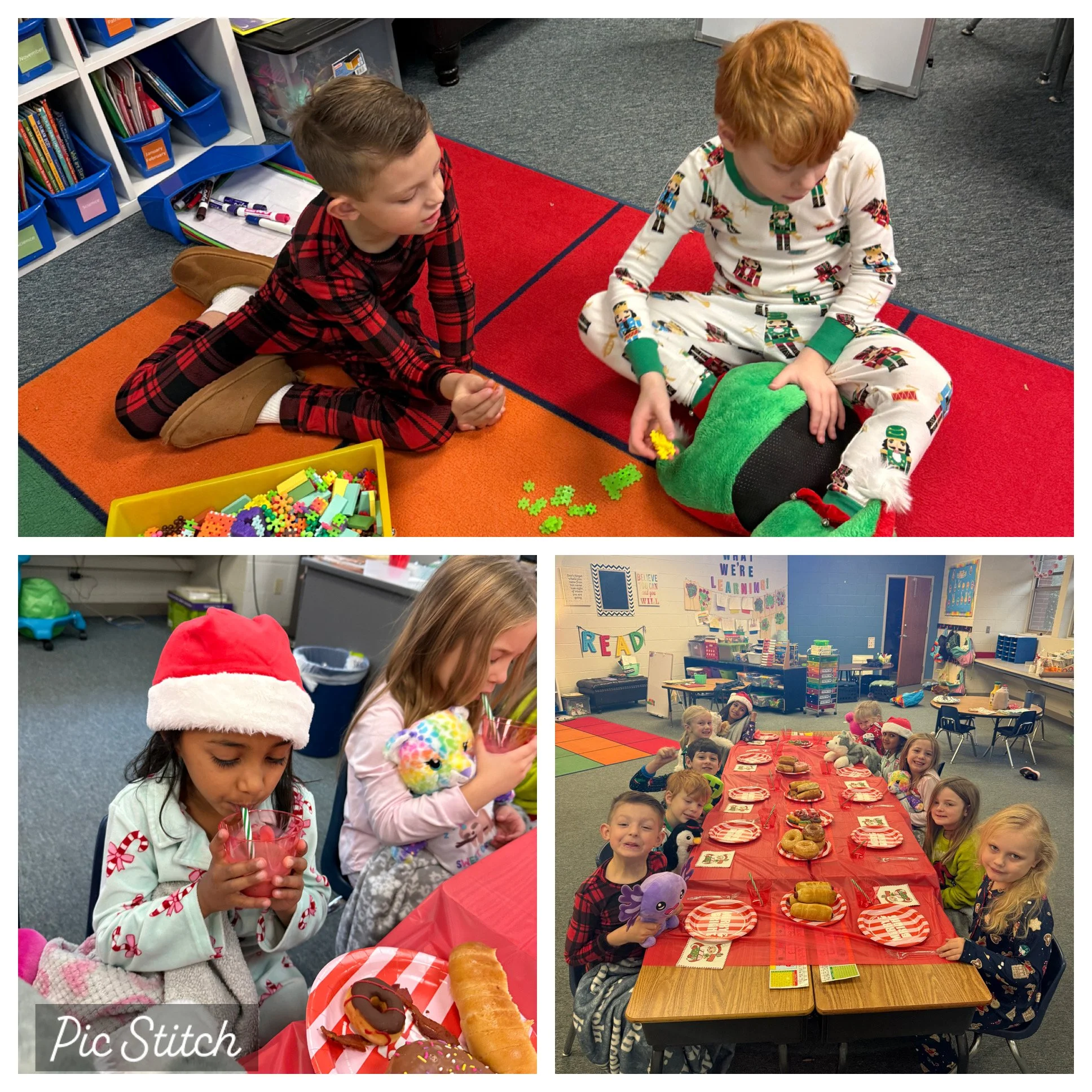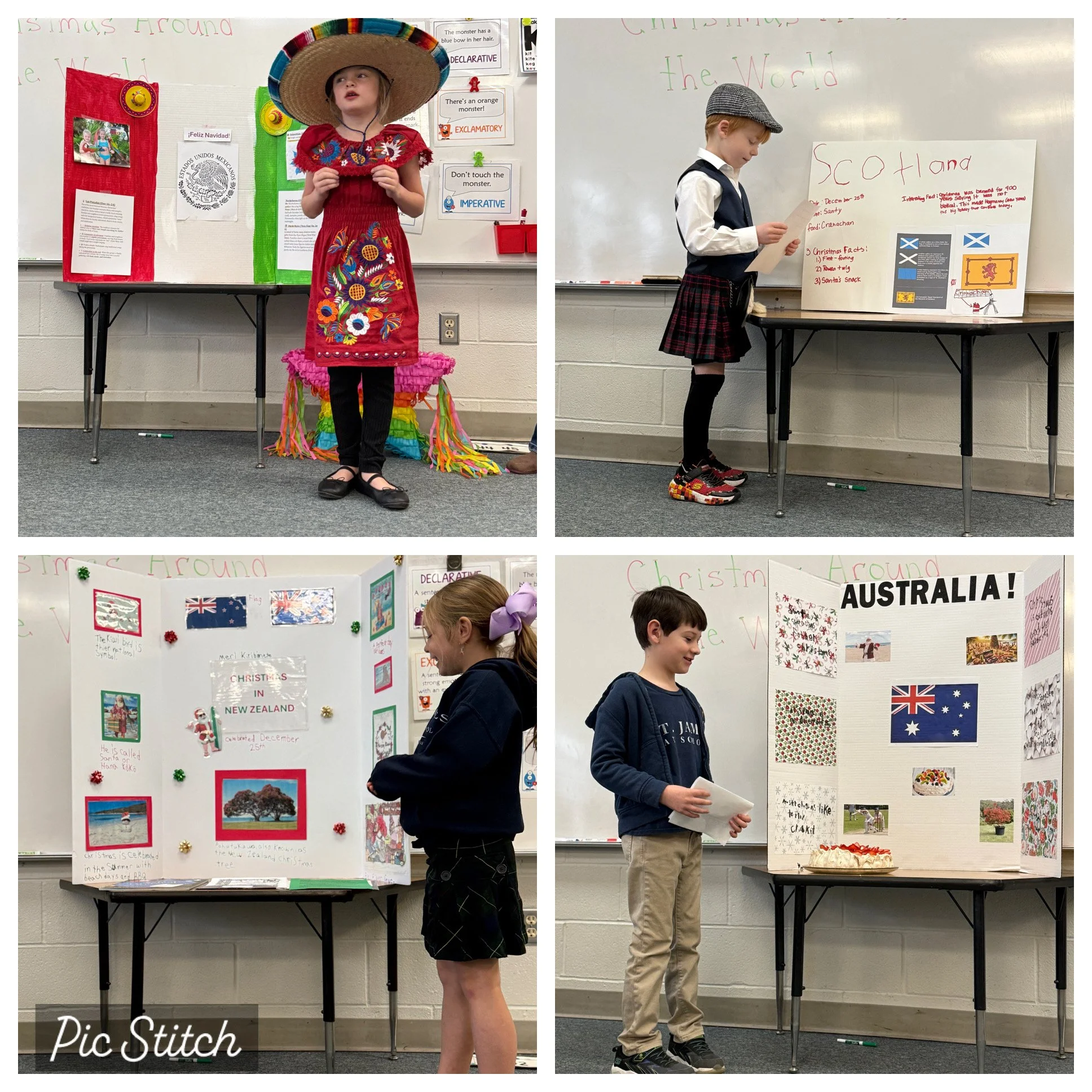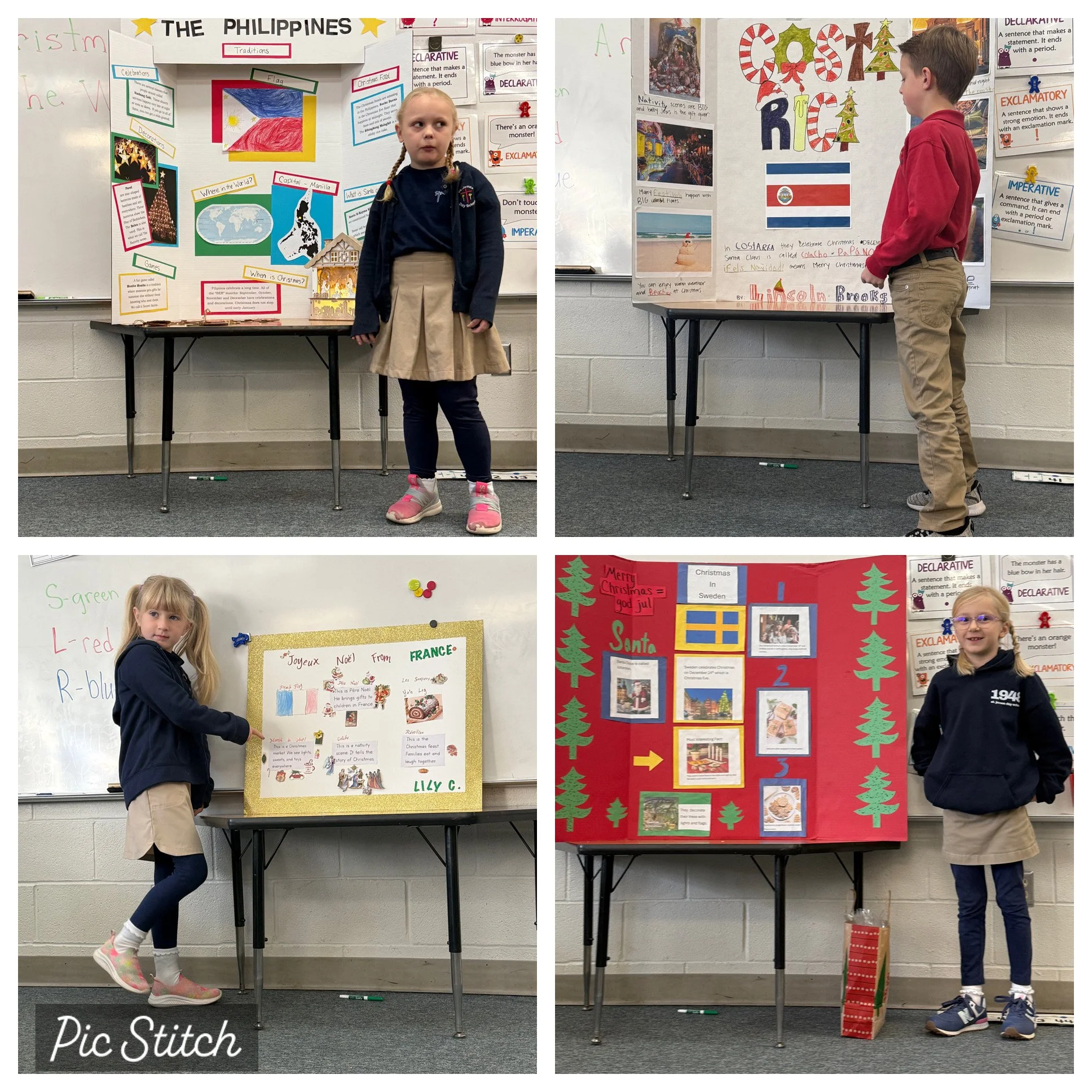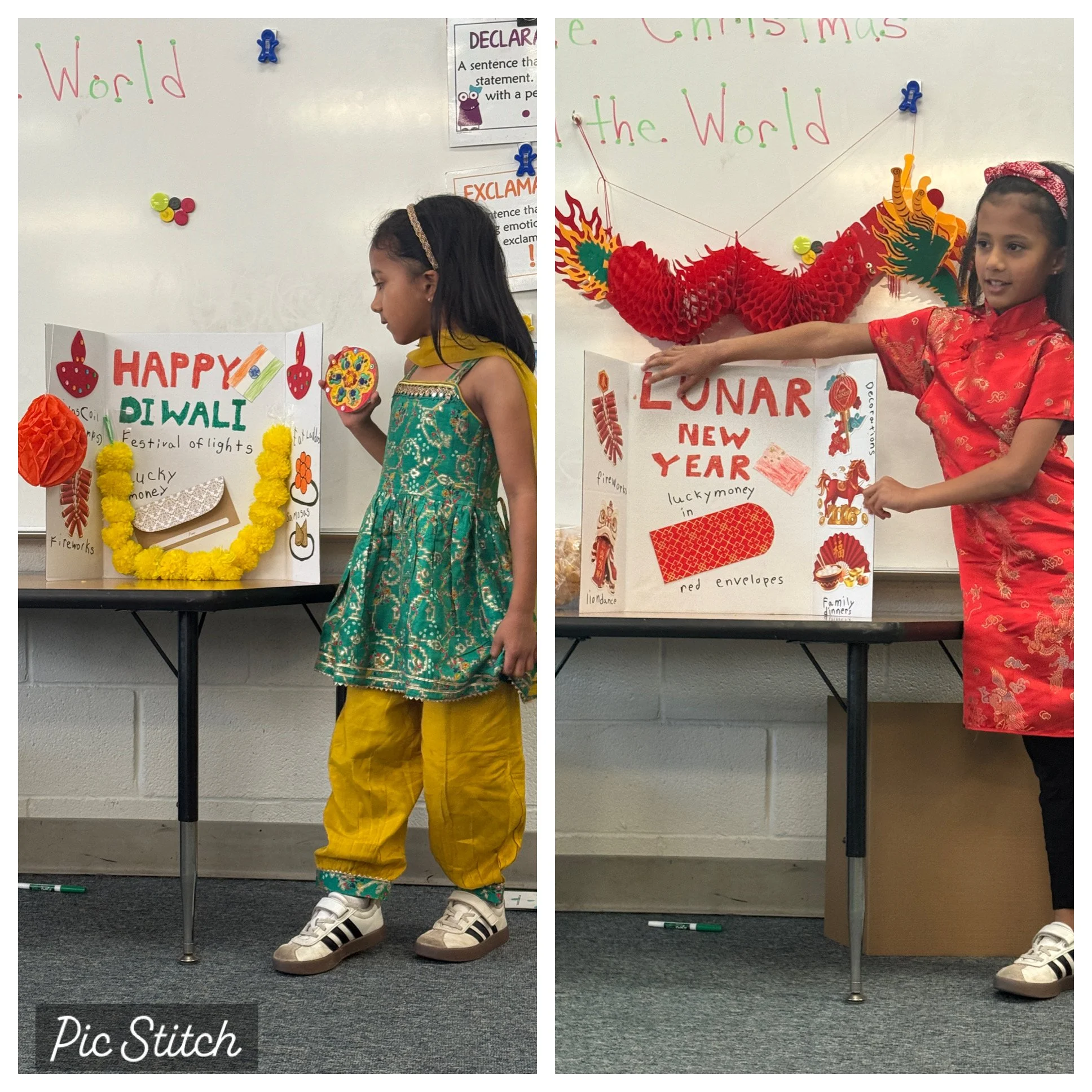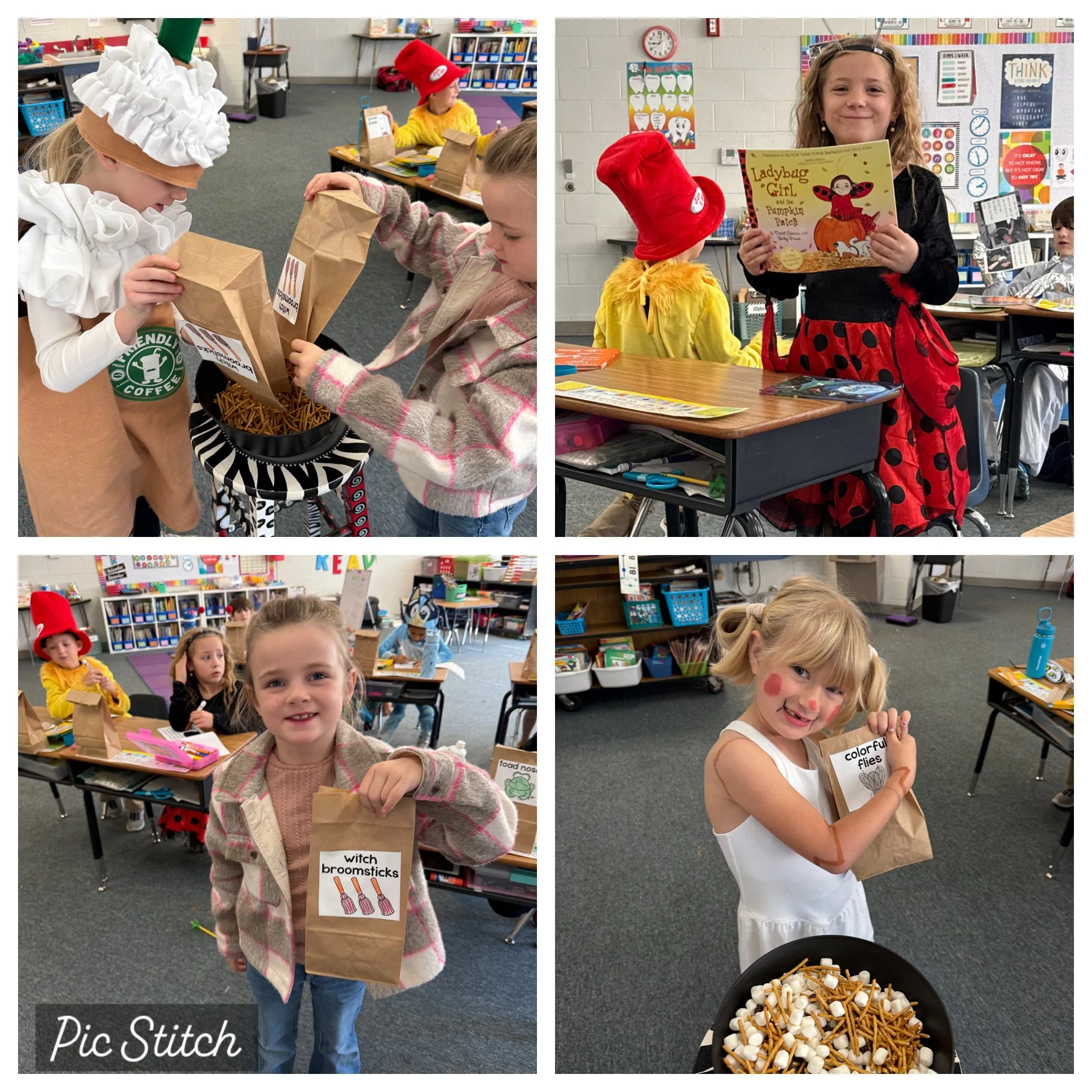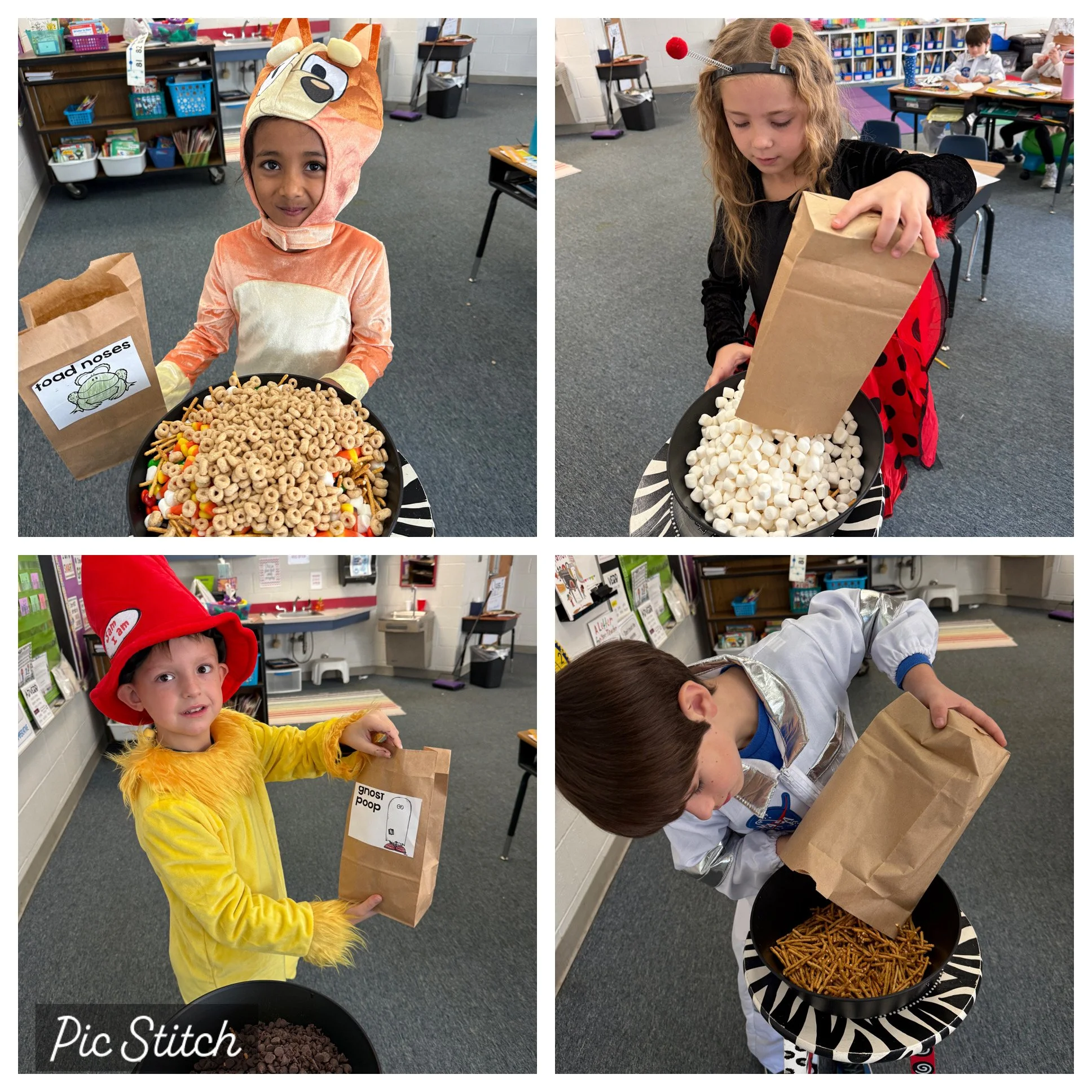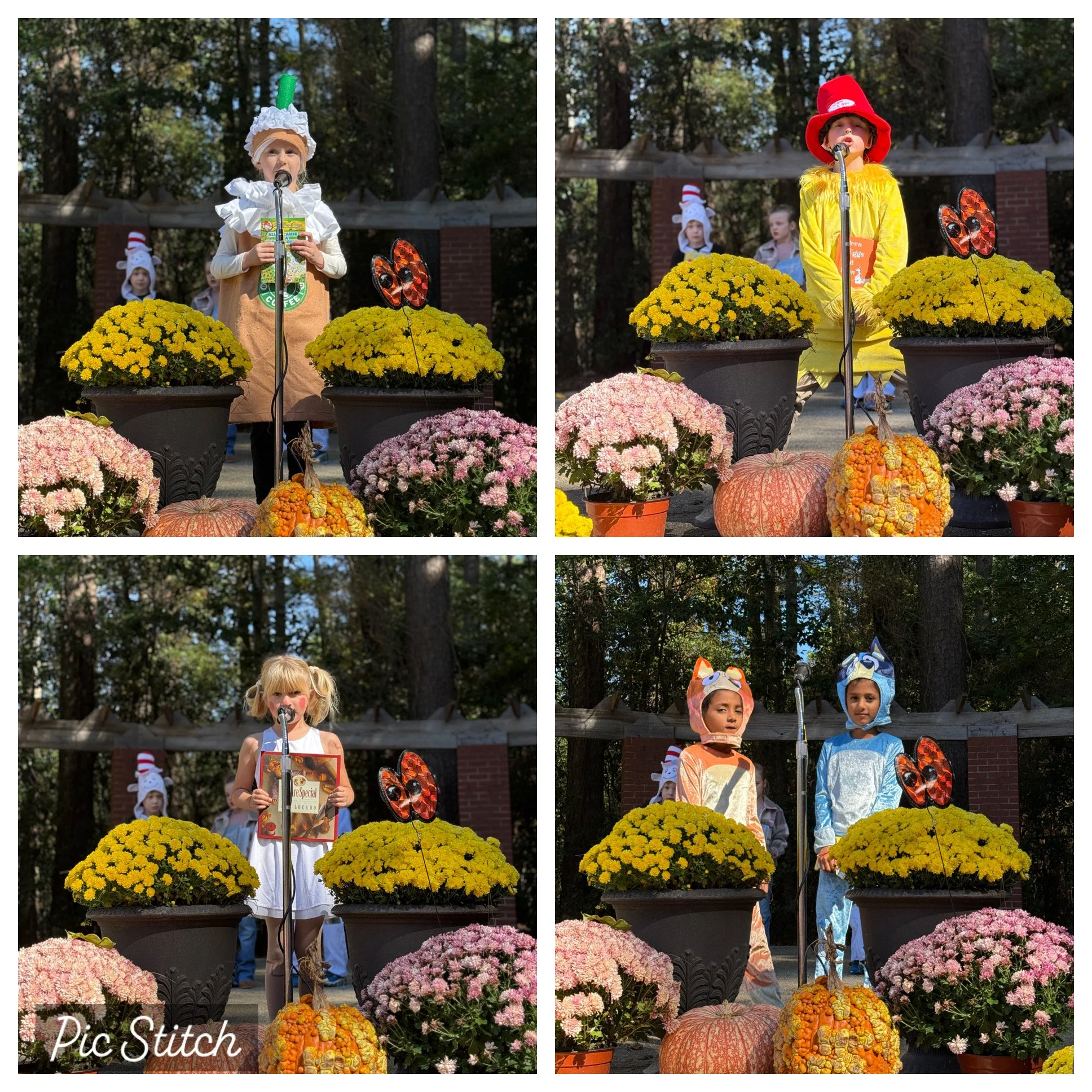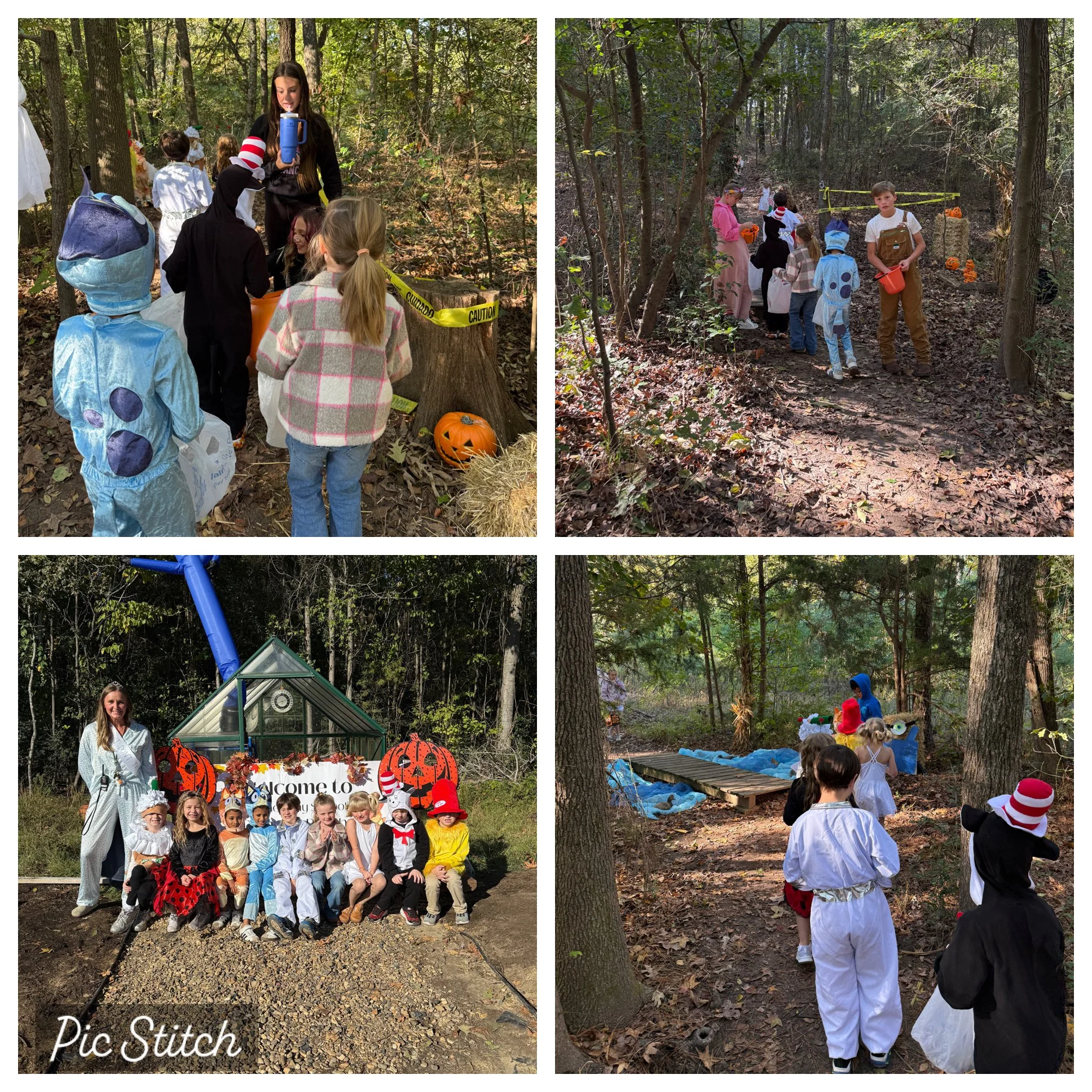The evening was filled with holiday cheer as students shared their hard work and festive spirit during our Christmas Candlelight Program! From beautiful songs to bright smiles, our students did a wonderful job spreading joy and reminding us all of the magic of the season. We are so proud of the effort they put into practicing and performing—it truly showed on stage!
To keep the celebration going, students returned the next morning for a Christmas Pajama Party, and it was the perfect cozy way to wrap up our holiday fun. Wearing their favorite pajamas, students enjoyed a relaxed morning filled with smiles, laughter, and holiday activities with friends.
Moments like these create special memories and help build our classroom community. Thank you to our families for supporting our students and helping make both events such a success. We wish everyone a very Merry Christmas and a joyful holiday season!

